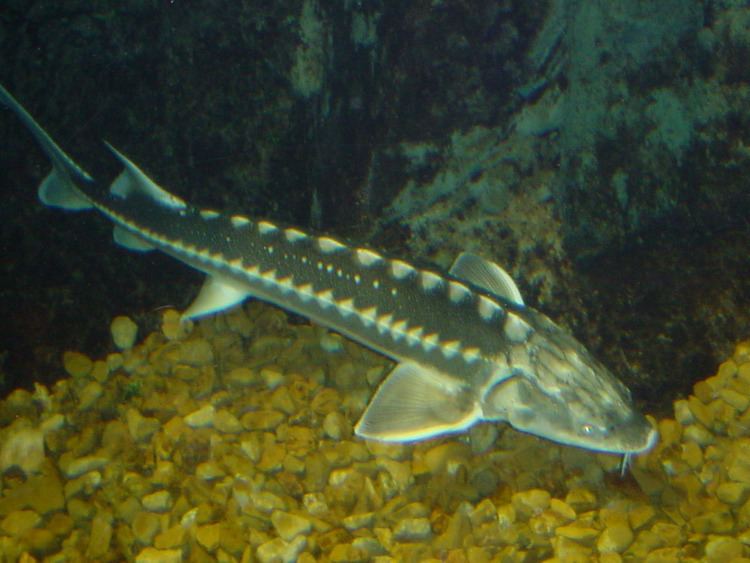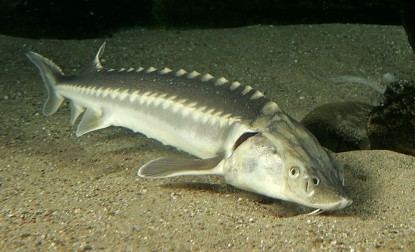Phylum Chordata Rank Species | Family Acipenseridae Higher classification Acipenser | |
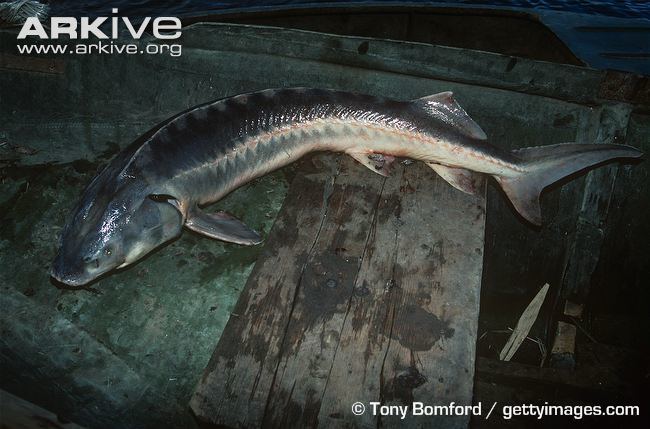 | ||
Similar Sturgeon, Acipenser, Starry sturgeon, Sterlet, Beluga | ||
The Russian sturgeon (Acipenser gueldenstaedtii), also known as the diamond sturgeon or Danube sturgeon, is a species of fish in the Acipenseridae family. It is found in Azerbaijan, Bulgaria, Georgia, Iran, Kazakhstan, Romania, Russia, Turkey, Turkmenistan, and Ukraine. It is also found in the Caspian Sea. This fish can grow up to about 235 cm (93 in) and weigh 115 kg (254 lb). Russian sturgeon mature and reproduce slowly, making them highly vulnerable to fishing. It is distinguished from other Acipenser species by its short snout with a rounded tip as well as its lower lip which is interrupted at its center.
Contents
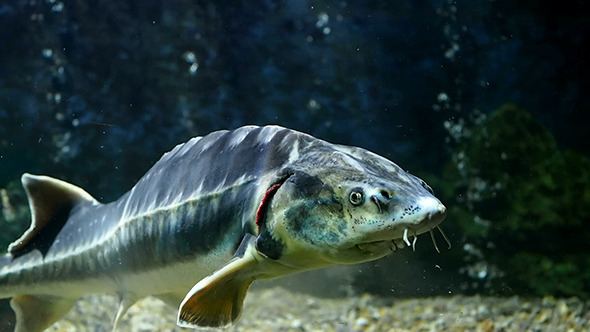
Russian sturgeon beluga huso huso
Description
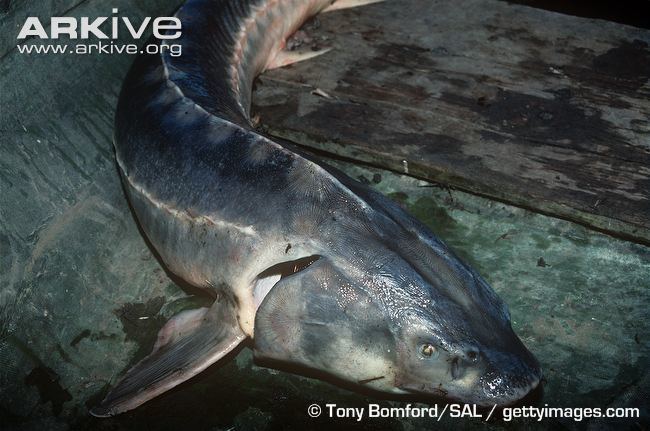
The Russian sturgeon can grow to 210 cm (83 in) but a more normal size is 110 to 140 cm (43 to 55 in). It has a relatively short and rounded snout with three pairs of unfringed barbels closer to the tip of the snout that to the mouth. The dorsal fin has 27 to 48 soft rays and the anal fin has 16 to 35. The number of scales along the lateral line varies from 21 to 50. This fish can be distinguish from the otherwise similar starry sturgeon by the shape of its snout, its barbels and scale arrangement. The upper surface is greyish-green, the lateral scales are pale and the belly white.
Distribution and habitat
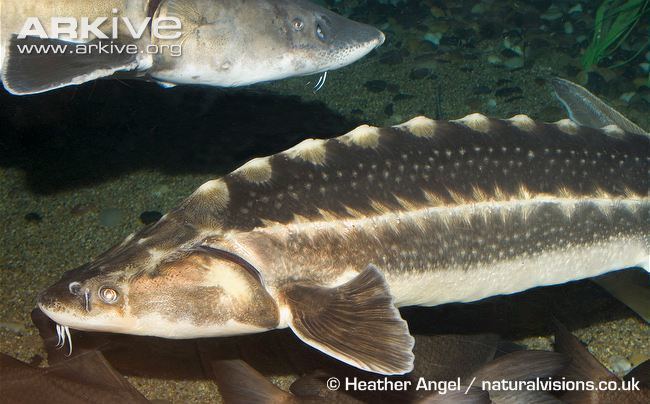
The Russian sturgeon is native to the Black Sea, the Sea of Azov and the Caspian Sea. It is an anadromous fish and moves into the river systems that drain into these seas in order to make its way to spawning areas upstream. It is usually found near the bottom in fairly shallow water over sandy or muddy substrates.
Biology
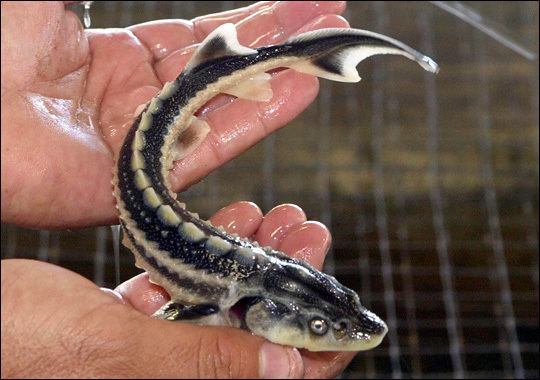
The Russian sturgeon feeds on crustaceans, molluscs and small fishes such as gobies, anchovies and sprats. It is solitary when in the sea but becomes gregarious as it moves up-river in April, May and June to spawn.
